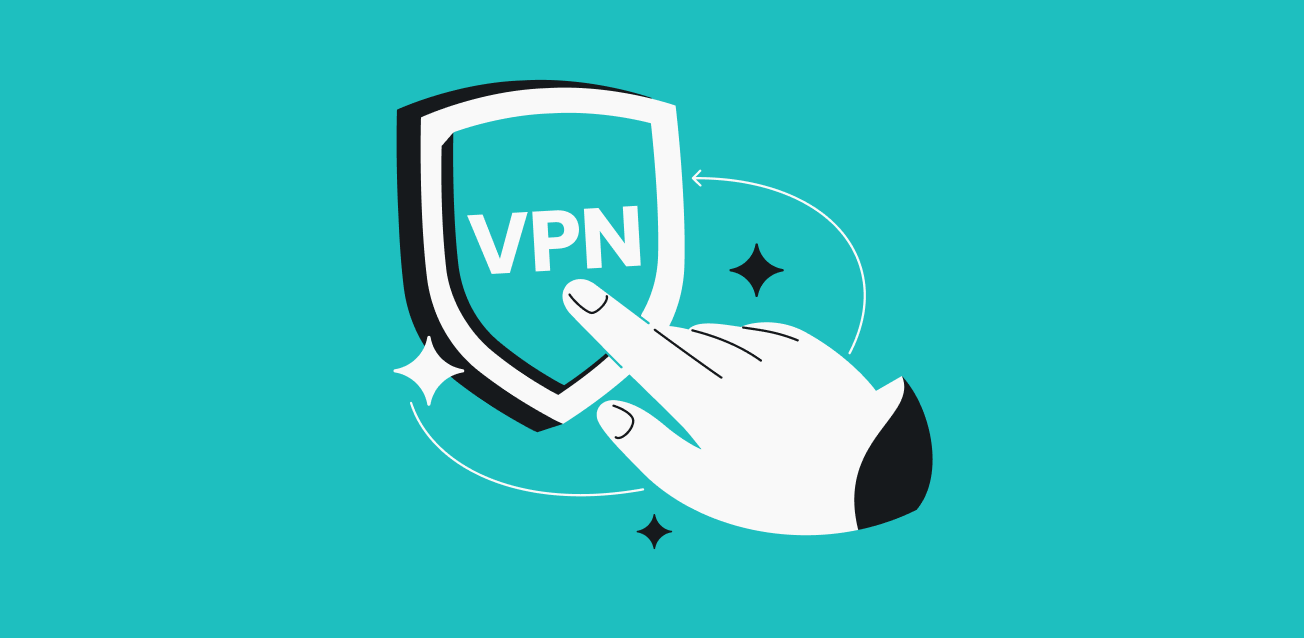Empowering remote teams with robust VPN and cybersecurity solutions preserves data integrity, safeguards privacy, and prevents costly breaches. The following recommendations blend ease of deployment, enterprise-grade security, and user-friendly management—ensuring remote workers stay protected whether at home, in a café, or traveling abroad.
Top VPN Providers
| Provider | Best For | Starting Price (per user/month) | Standout Features |
|---|---|---|---|
| NordLayer | Scalable team VPN | $7.00 | Zero-trust access, centralized console, SSO integration |
| Perimeter 81 | Hybrid network security | $8.00 | SDP architecture, cloud firewall, split tunneling |
| ExpressVPN Business | Ease of use & performance | $6.25 | 3,000+ global servers, Lightway protocol, 99.9% uptime |
| Cisco AnyConnect | Enterprise integration | $9.50 | Granular endpoint posture, Duo MFA, secure mobile support |
| Twingate | Modern access proxy | $5.00 | Software-defined perimeter, agent-based, risk-adaptive access |
Leading Cybersecurity Tools
| Tool | Category | Starting Price (per user/month) | Key Capabilities |
|---|---|---|---|
| CrowdStrike Falcon | Endpoint Protection | $8.99 | AI-driven EDR, threat hunting, real-time remediation |
| Zscaler Internet Access | Secure Web Gateway | $10.00 | SSL inspection, sandboxing, cloud DLP |
| SentinelOne Singularity | MDR & XDR | $12.00 | Autonomous threat response, behavior AI, unified console |
| Duo Security | MFA & Access | $3.00 | Passwordless options, device health checks, adaptive policies |
| Bitdefender GravityZone | Antivirus & EDR | $5.00 | Machine-learning detection, micro-virtual patching, integrated firewall |
Selection Criteria
- Strong Encryption & Protocols: Look for AES-256 encryption, modern VPN protocols (WireGuard, Lightway), and zero-trust principles.
- Centralized Management: A unified console for provisioning, policy enforcement, and real-time monitoring minimizes IT overhead.
- Endpoint Visibility: EDR/XDR solutions with AI analytics detect anomalies, enable threat hunting, and automate containment.
- Adaptive Access Controls: Contextual, risk-based MFA and device posture checks ensure only healthy devices connect.
- Scalability & Performance: Cloud-native architectures and global network footprints maintain low latency under heavy load.
- Compliance & Reporting: Built-in dashboards, audit logs, and policy templates support PCI-DSS, HIPAA, GDPR, and SOC-2 requirements.
Deployment & Best Practices
- Implement Zero-Trust Architecture: Shift from perimeter defense to continuous verification of users, devices, and sessions.
- Enforce MFA Universally: Combine hardware tokens, mobile authenticators, and passwordless options to eliminate credential compromise.
- Segment Remote Access: Use software-defined perimeters or micro-VPN tunnels to restrict access to specific applications and resources.
- Automate Patch Management: Employ virtual patching and automated updates at the endpoint to remediate vulnerabilities swiftly.
- Perform Regular Phishing Simulations: Teach employees to recognize social-engineering attacks and measure susceptibility.
- Monitor & Log Everything: Consolidate logs from VPN, endpoint, and cloud services into a SIEM for real-time threat detection and compliance.
By combining a high-performance VPN—such as NordLayer or Perimeter 81—with AI-driven endpoint protection like CrowdStrike Falcon and adaptive MFA from Duo Security, remote workforces can achieve a resilient security posture without sacrificing usability. Implement zero-trust principles, enforce consistent policies, and leverage automation to stay ahead of emerging threats in 2025.
